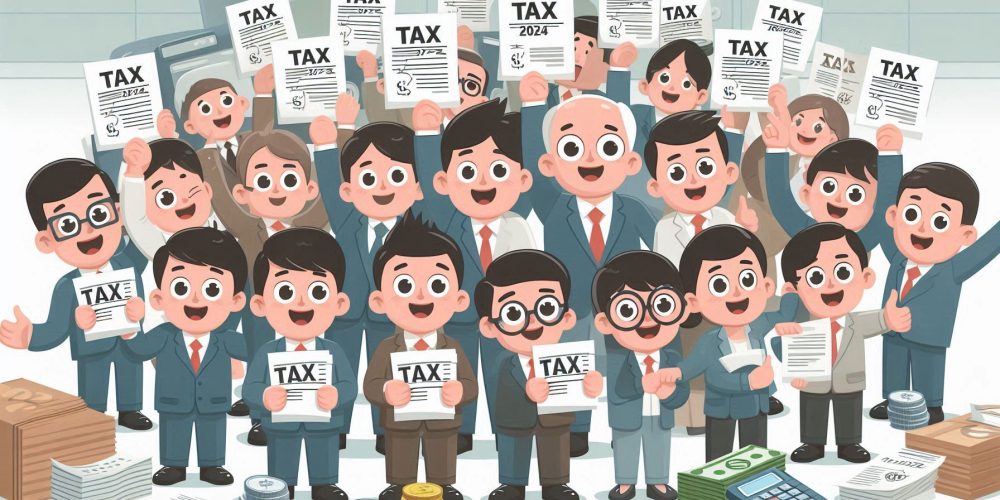
With the Union Budget 2024-25 announced, taxpayers in India face a choice: stick with the old tax regime or switch to the new one. Although the new tax regime has been made more attractive, experts suggest that the decision should be personalized based on individual circumstances. Here’s a breakdown of the income tax slabs for FY 2024-25 under both regimes, and guidance on which might be better for different types of taxpayers.
Income Tax Slabs for FY 2024-25
New Tax Regime
The new tax regime, introduced in Budget 2020, simplifies taxes by offering lower rates but removes most deductions and exemptions. The updated slabs for FY 2024-25 are:
- Income up to ₹3 lakh: Nil
- ₹3 lakh – ₹7 lakh: 5%
- ₹7 lakh – ₹10 lakh: 10%
- ₹10 lakh – ₹12 lakh: 15%
- ₹12 lakh – ₹15 lakh: 20%
- Above ₹15 lakh: 30%
Old Tax Regime
The old tax regime allows various deductions and exemptions, such as HRA, LTA, and Section 80C. The tax slabs for FY 2024-25 under this regime are:
- Income up to ₹2.5 lakh: Nil
- ₹2.5 lakh – ₹5 lakh: 5%
- ₹5 lakh – ₹10 lakh: 20%
- Above ₹10 lakh: 30%
Which Tax Regime Is Right for You?
For Low-Income Earners (Up to ₹5 Lakh)
For those earning up to ₹5 lakh, both regimes offer similar benefits due to standard deductions in the old regime and basic exemptions in the new one. However, the new regime might slightly edge out with its lower rates.
For Middle-Income Earners (₹5 Lakh – ₹10 Lakh)
If you have minimal investments and don’t claim many deductions, the new regime’s lower rates may be more beneficial. However, if you heavily utilize deductions under sections like 80C or HRA, the old regime might save you more money.
For High-Income Earners (Above ₹10 Lakh)
High-income earners with substantial investments and multiple deductions may find the old regime more advantageous. While the new regime offers lower rates, the savings might be offset if you miss out on significant deductions.
For Salaried Individuals
If you receive exemptions like HRA, standard deductions, or invest in Section 80C, the old regime could be more favorable. But for those without investments, the new regime might be simpler and more beneficial.
For Self-Employed Individuals
Self-employed individuals with fewer deductions might prefer the new regime due to its lower rates and simpler structure.
Conclusion
Choosing between the old and new tax regimes for FY 2024-25 largely depends on your income, investment habits, and financial goals. While the new regime is simpler and offers lower rates, the old regime provides greater savings through deductions and exemptions. It’s advisable to evaluate your financial situation or consult a tax advisor to make the best choice.